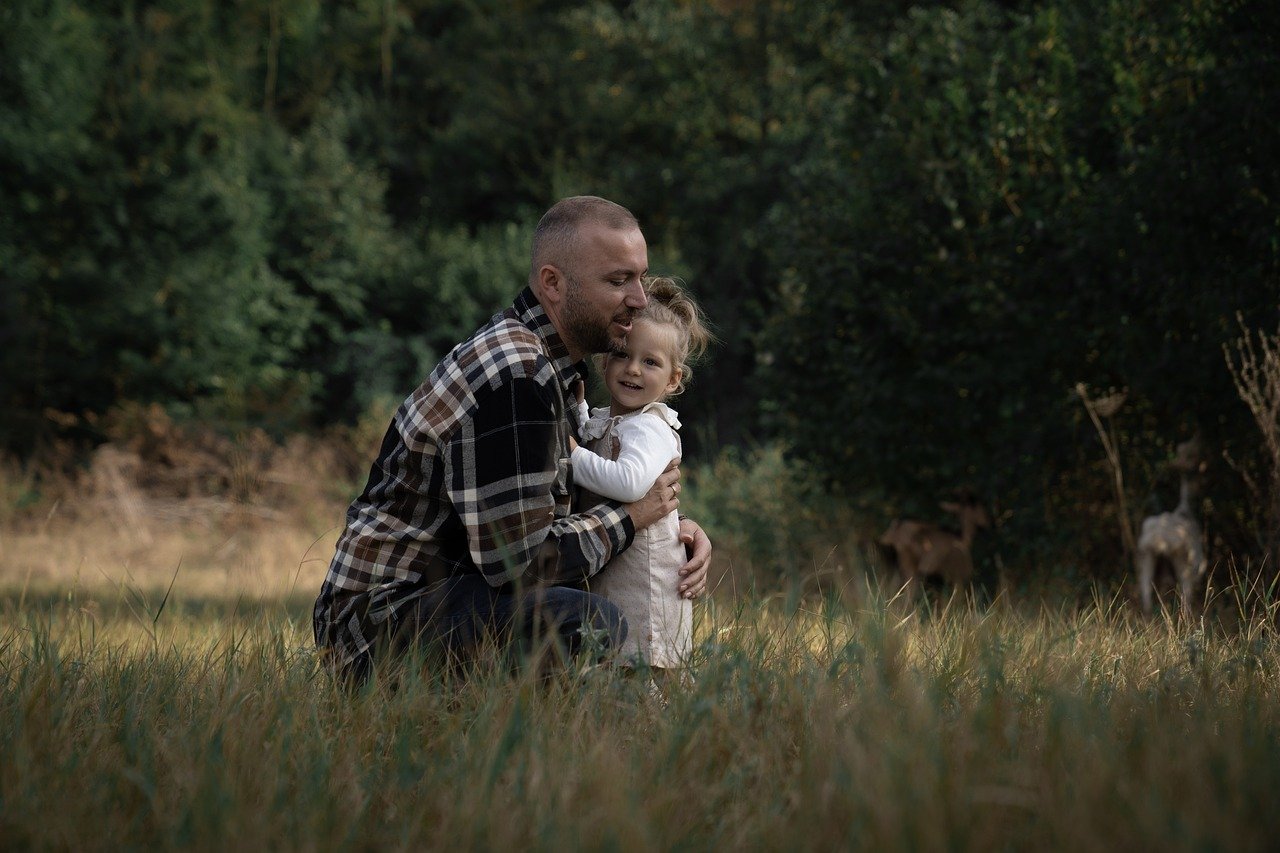Hapi, revered in ancient Egyptian mythology, is the deity governing the Nile River, symbolizing the essence of life for all beings—humans, animals, and vegetation—connected to its waters. The Egyptians’ deep admiration for the Nile’s capacity to sustain life established Hapi as a pivotal figure within their mythological narratives. Numerous ancient hymns and prayers exalt Hapi as the bringer of peace, the harbinger of life, and the conqueror of darkness, credited with nourishing the fertile lands that Ra, the sun god, created.
Additionally, various poetical works underscore the strong link among Hapi, Khnum, and Min, who are collectively perceived as the universal creators. The belief was widespread that any diminishment of Hapi’s influence could trigger catastrophic consequences, leading to the downfall of divine beings and the destruction of the mortal realm. Hapi is often portrayed through a blend of male and female characteristics, embodying the essential forces of life.
Artistic representations typically showcase Hapi as a long-haired figure bearing female attributes. The ancient Egyptians referred to the initial stage of the Nile’s inundation as the “arrival of Hapi,” believing he resided in a cavern at that location. Mythological accounts depict two variations of Hapi, one associated with the southern Nile adorned with lotus blooms, and the other with the northern Nile crowned with papyrus flowers. When these two representations converged, he was illustrated grasping both types of flora, sometimes entwined, symbolizing the unification of Egypt.
Several ancient texts and hymns explore the relationships between Hapi and other deities, notably Ra. Representations in the Coffin Texts reveal Hapi as “the Primeval One of earth,” birthed from Ra amid the primordial waters of Nun. Other myths ascribe to him traits akin to Nun, suggesting a connection to life’s mysterious origins. Furthermore, Hapi was believed to possess divine abilities that aided newly departed souls in acquiring enhancements similar to his.
In the Book of the Dead, there is a vignette where the deceased beseech to inherit Hapi’s powers over the living and the divine. One of the most notable narratives featuring Hapi is the tale of Isis and Osiris, where he emerges as the deity of vegetation, aiding Isis in her quest to recover pieces of Osiris’ body cast into the Nile by Seth. Within the Pyramid Texts, Hapi’s responsibilities extend into the afterlife, where he is charged with supplying King Unas with restorative grains and sustenance in the realm of the dead.



